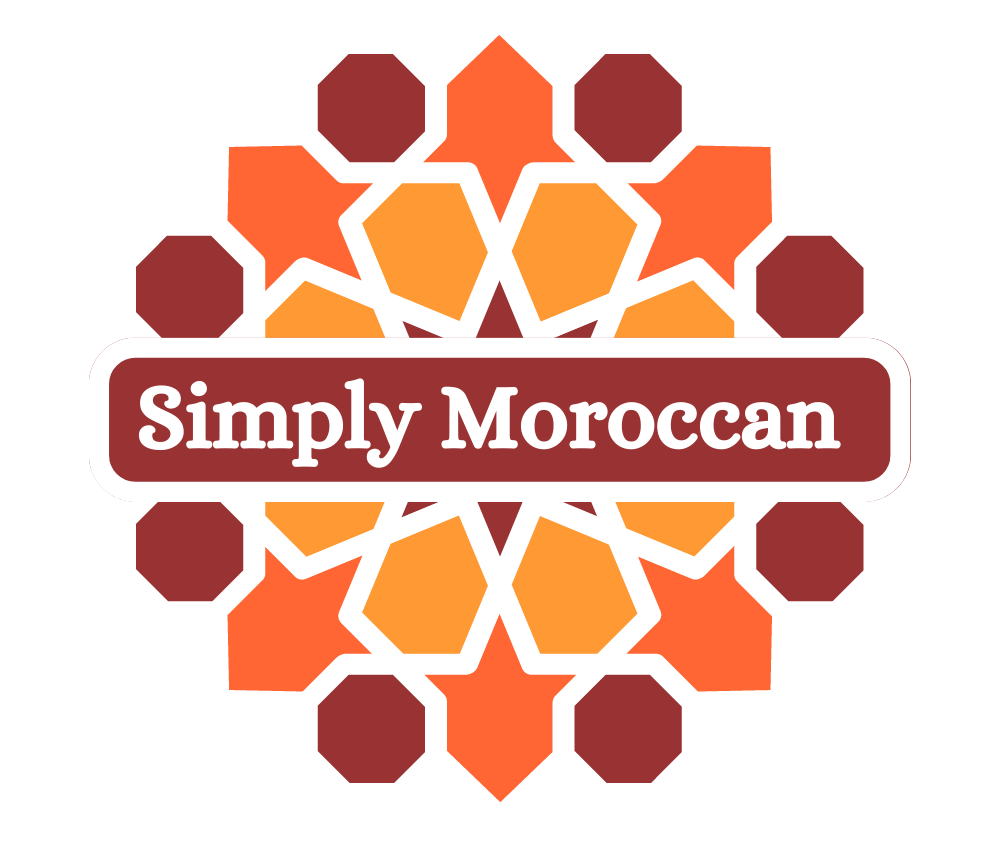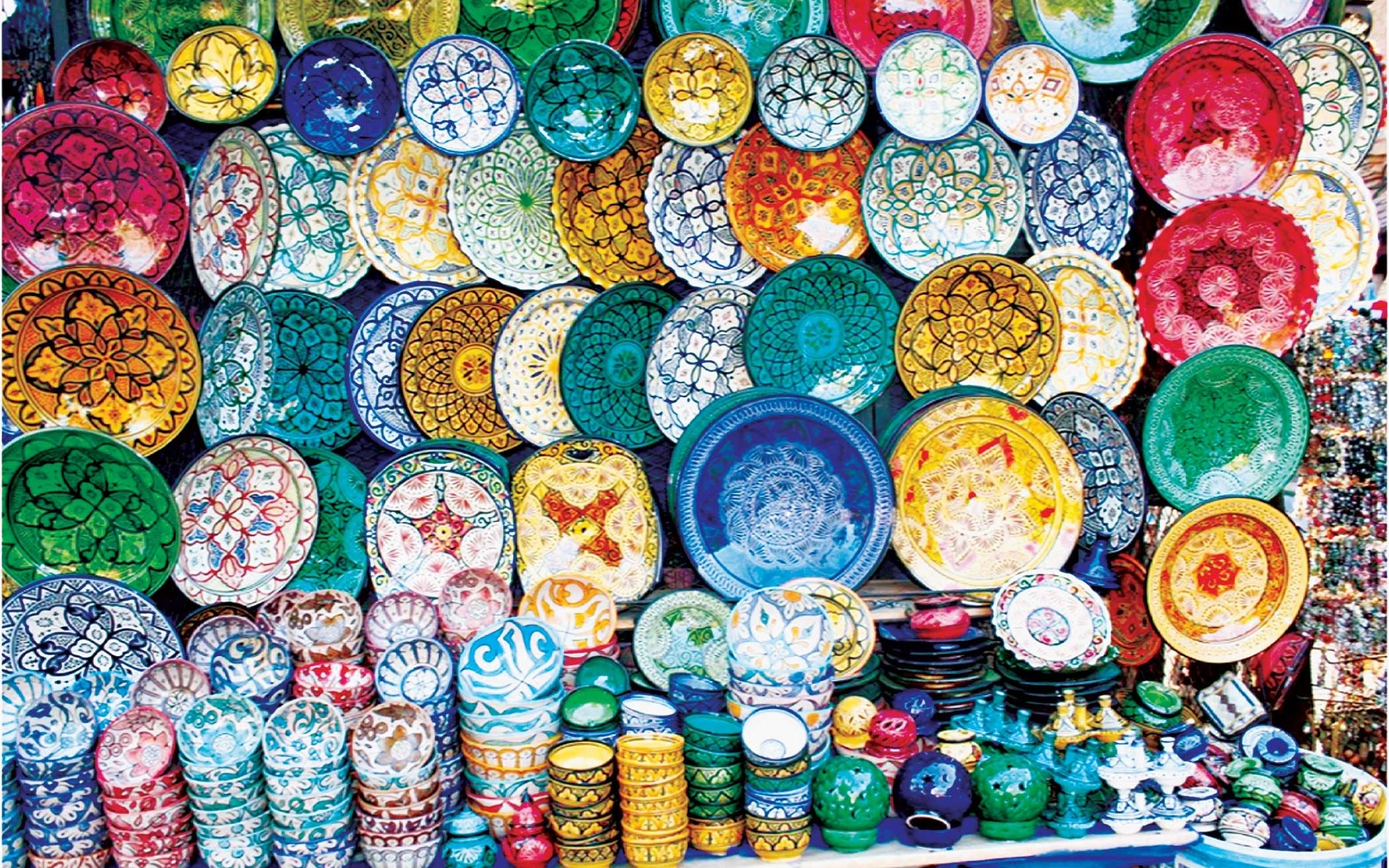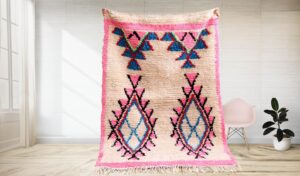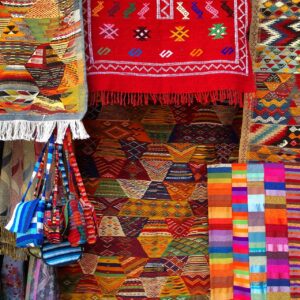In the very early history of mankind, clay was used in order to make many useful objects for daily life. From the Neolithic era, the Berber made rustic pottery by using the columbine technique which represents a manufacturing process, it became then widely used in the Mediterranean basin.
It was then unit the 5th century BC. J.C and the Carthaginian domination that the techniques of the tour make its appearance in the cities of the Moroccan coast. And it is with the roman that the processes are refined (2nd century BC), and then the pottery became printed and decorated with glazed patterns.
Although it seems that the advent of Moroccan glazed ceramics dates from 814. At that time Idriss II, welcomes in Fez, his brand new capital, thousands of immigrants from Cordoba among whom are experienced craftsmen specializing in glazed ceramics.
Moreover, In the 11th and 12th centuries, the advent of the Almoravid dynasty marked the beginning of a flourishing ceramic industry in Morocco, thanks to the increased use of zelliges in monumental architecture. During the Almohad period (13th century), 180 workshops of potters and ceramists operated in Fez where the pottery was decorated with manganese brown and turquoise enamel. In the 14th century, a new form of polychrome earthenware made its appearance thanks to the double firing system which allows the enamel to be fixed.
In the 17th century, the famous sultan Moulay Ismaïl established his capital in Meknes. The artisans of the city produce a ceramic of great beauty, recognizable among all by its decoration composed of palms on foliage and serrated and ribbed leaves.
In 1875, the city of Safi, served by local clay of exceptional quality, took on a new face when a potter from Fez, Mohammed Langassi, set up a first earthenware workshop in the city. Today Safiote pottery has acquired an international reputation. The corporations which brought together the potters were replaced in 1940 by artisanal cooperatives. In 1975, ceramics employed more than 6,000 artisans. The production volume amounted to 50,000 tons for a turnover of 440 million centimes.








